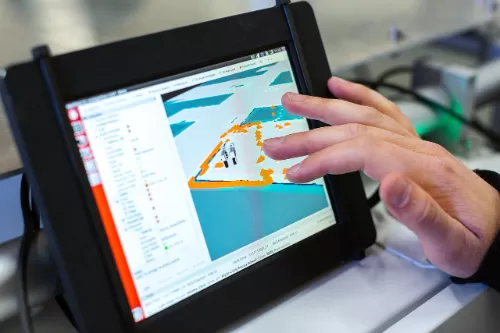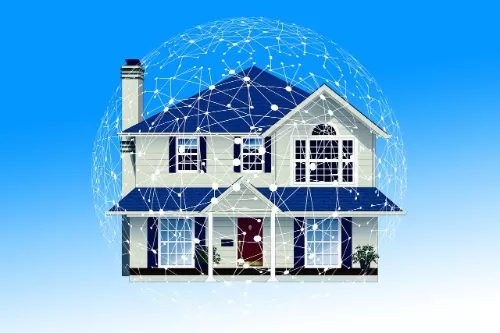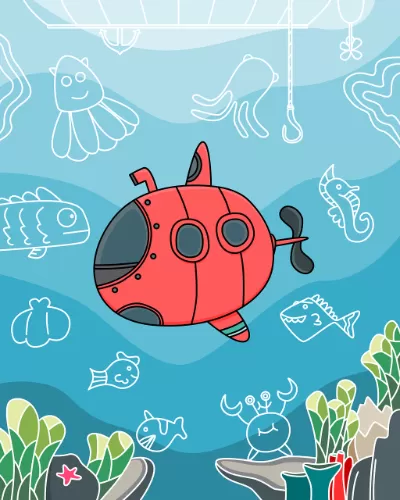Top 5 Ways Drones Are Changing Your Daily Life
From bustling cities to remote farms, drones are no longer confined to military use or Hollywood action scenes. These flying machines are quietly revolutionizing how Americans live, work, and interact with the world. Whether you’re tracking a package, enjoying a scenic hike, or even fighting wildfires, drones are reshaping daily routines in ways you might not expect. Let’s explore the top five ways drones are becoming indispensable in modern life.
Related searches
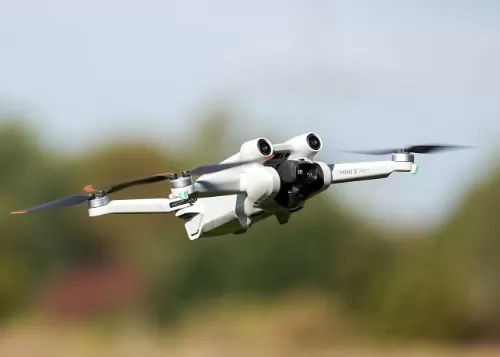
Revolutionizing Deliveries
Forget waiting days for a package. Companies are testing drone delivery systems to drop everything from medications to groceries right at your doorstep. While widespread adoption is still in progress, drones offer a solution to traffic-clogged roads and reducing carbon footprints. They’re particularly valuable in rural or disaster-struck areas where traditional delivery trucks struggle to reach.
The rise of drones in logistics isn’t just about speed. By flying over obstacles, they could slash delivery costs and make essential goods accessible to more people.
Keeping Food Affordable and Sustainable
Farmers are using drones to monitor crops, spray pesticides with precision, and even plant seeds. Equipped with cameras and sensors, these machines spot diseased plants or dry soil faster than humans ever could. This efficiency helps reduce waste, conserve water, and keep grocery prices stable—even as climate challenges grow.
Drones are also helping protect pollinators like bees by identifying harmful pesticides. In short, they’re becoming a silent partner in putting food on your table.
Saving Lives in Emergencies
When disasters strike, drones are often first responders. They fly into wildfires to map flames, hover over flood zones to find stranded survivors, or deliver blood supplies to remote hospitals. Firefighters and rescue teams rely on drones to assess risks without endangering human lives.
During medical emergencies, drones can transport defibrillators or antivenom faster than ambulances in congested cities. This “sky ambulance” potential is turning drones into lifesavers.
Making Cities Safer and Smarter
Drones are patrolling bridges, power lines, and cell towers to spot damage before it causes outages or collapses. Cities use them to monitor traffic jams, track pollution levels, and even manage crowds during festivals or protests.
Police departments deploy drones for search-and-rescue missions or to survey dangerous situations like hostage scenarios. While privacy concerns remain, the focus is shifting toward using drones as guardians of public safety.
Redefining Entertainment and Creativity
From Hollywood blockbusters to viral social media videos, drones are democratizing aerial photography. They capture sweeping landscapes, wedding shots, and even live sports events from angles once reserved for helicopters.
Meanwhile, synchronized drone light shows are replacing fireworks at major events, offering eco-friendly spectacles that paint the sky with glowing patterns. Whether you’re a filmmaker or just a fan of dazzling visuals, drones are changing how we experience art and entertainment.
The Future of Drones: What’s Next?
While drones are already making an impact, challenges like battery life, air traffic rules, and privacy debates need solutions. Innovations in AI and automation could soon let drones operate in swarms—think hundreds working together to fight wildfires or rebuild infrastructure.
Regulators are also racing to create “sky highways” to prevent mid-air collisions as drone traffic grows. One thing’s clear: these machines are here to stay, and their role in daily life will only expand.

Smart Home Security: How to Protect Your House with AI

Your New Therapist Might Be an Algorithm: How AI Is Changing Mental Health Support
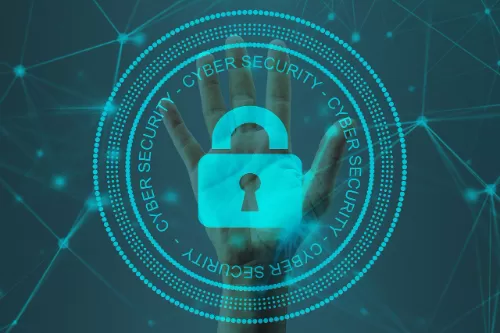
Identity Theft: How to Prevent and Fix a Cyber Breach

The Aging Switch: Could Rewriting Our DNA Add 20 Years to Human Life

Why Digital Wallets Are Safer Than Cash or Credit Cards
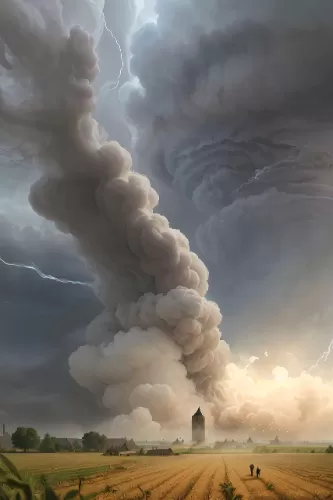
From Hurricane Hunters to AI: The Future of Extreme Weather Prediction


